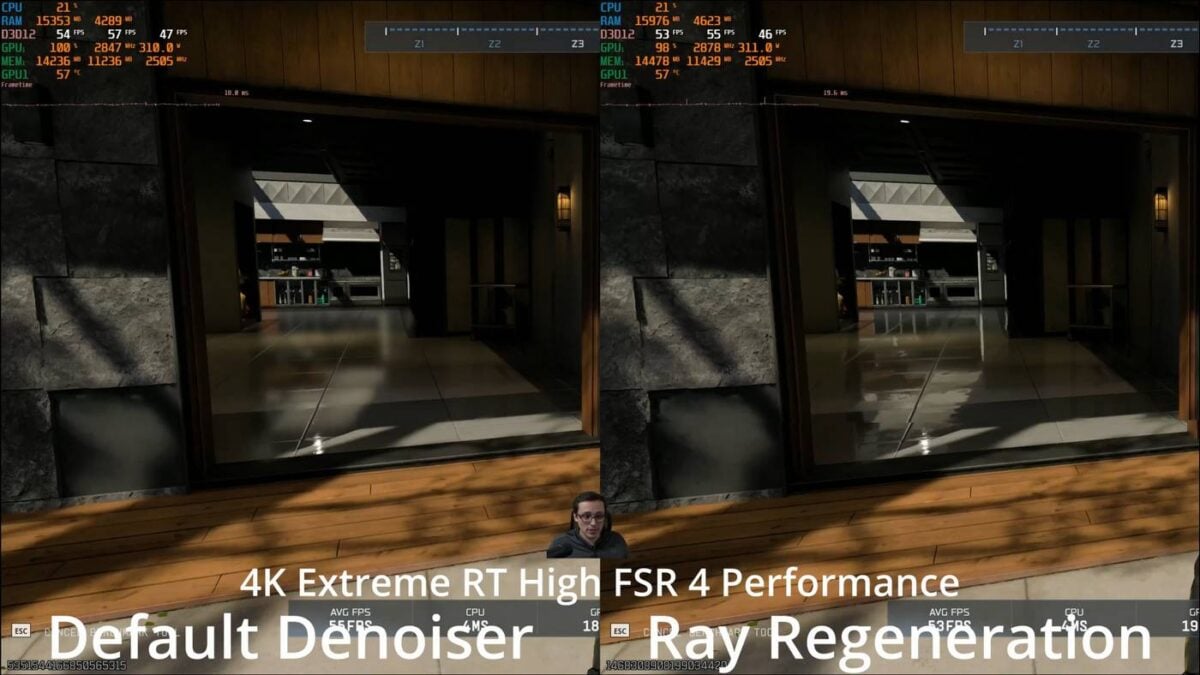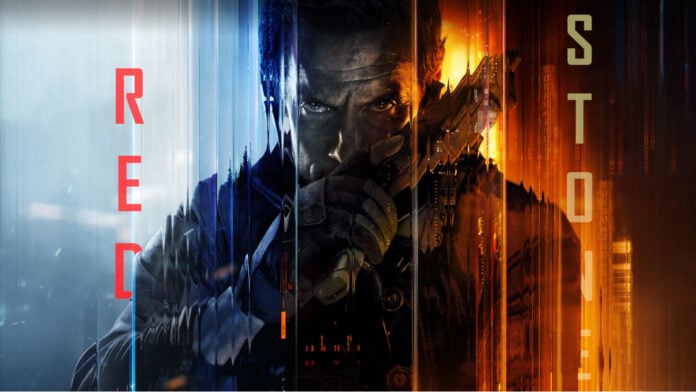AMD has unlocked the first piece of its upcoming FSR Redstone framework, designed to enhance ray-traced lighting in supported games. This implementation is called ML Ray Regeneration and will be available right away in Call of Duty Black Ops 7, launching today.
Announced earlier this year, Redstone aims to bring Radeon to parity with Nvidia’s GeForce lineup through machine learning-based (ML) caching and denoising techniques. Due to its reliance on ML algorithms, Redstone will be exclusive to RDNA 4, i.e. Radeon 9000 Series. AMD may find a way to make it work on older architectures using Int8 acceleration, but the chances are low.
Like it was the first to support FSR 4 with Black Ops 6, the Call of Duty franchise is once more at the forefront to get Redstone’s ML Ray Regeneration. This feature is meant to boost path tracing speed in a similar fashion to Nvidia’s DLSS Ray Reconstruction. It infers and restores full-quality ray-traced detail from sparse samples, with the aim of delivering sharp, noise-free visuals at reduced rendering cost. In effect, it cleans and denoises ray-traced lighting and reflections using a neural network, reconstructing missing ray-tracing samples and reducing noise without causing smearing, to keep as much detail as possible before the upscaling step.

That said, while AMD claims that this method has less of a rendering cost, early reports paint a different picture. According to Daniel Owen’s tests (see below), AMD’s Ray Regeneration has a slight performance penalty, though the reflection details are noticeably better in some instances. This could be the result of Black Ops 7 having fewer ray-traced effects to denoise; therefore, the cost of using ML is higher than the default algorithm.
It is also important to keep in mind that this is just one example, so we can’t make a final judgment on the technology’s capabilities yet. Furthermore, Ray Regeneration is only one part out of four coming with Redstone, which includes:
- FSR Upscaling: (Formerly AMD FidelityFX Super Resolution) Reconstructs crisp, high-quality visuals from low-resolution frames.
- FSR Frame Generation: Predicts and inserts new frames between rendered ones, delivering smoother and higher frame rate gaming.
- FSR Radiance Caching: Dynamically learns and then predicts how light propagates through a scene, delivering efficient real-time global illumination.
Combined, they aim to give developers a complete neural rendering pipeline that covers ray tracing, resolution upscaling, and frame pacing.
This launch comes alongside Radeon’s Adrenalin Edition 25.11.1 driver, which will likely be required to enable Ray Regeneration in Black Ops 7.
Lastly, users have noticed that the DLL file for Ray Regeneration only includes FP8 code, meaning no possibility to mod the feature to run on Radeon 7000 and older, like what happened with FSR 4. Nevertheless, the file also contained mention of Int8 ML resources, which could indicate that AMD considered or is working on bringing some Redstone features to previous Radeon generations.

